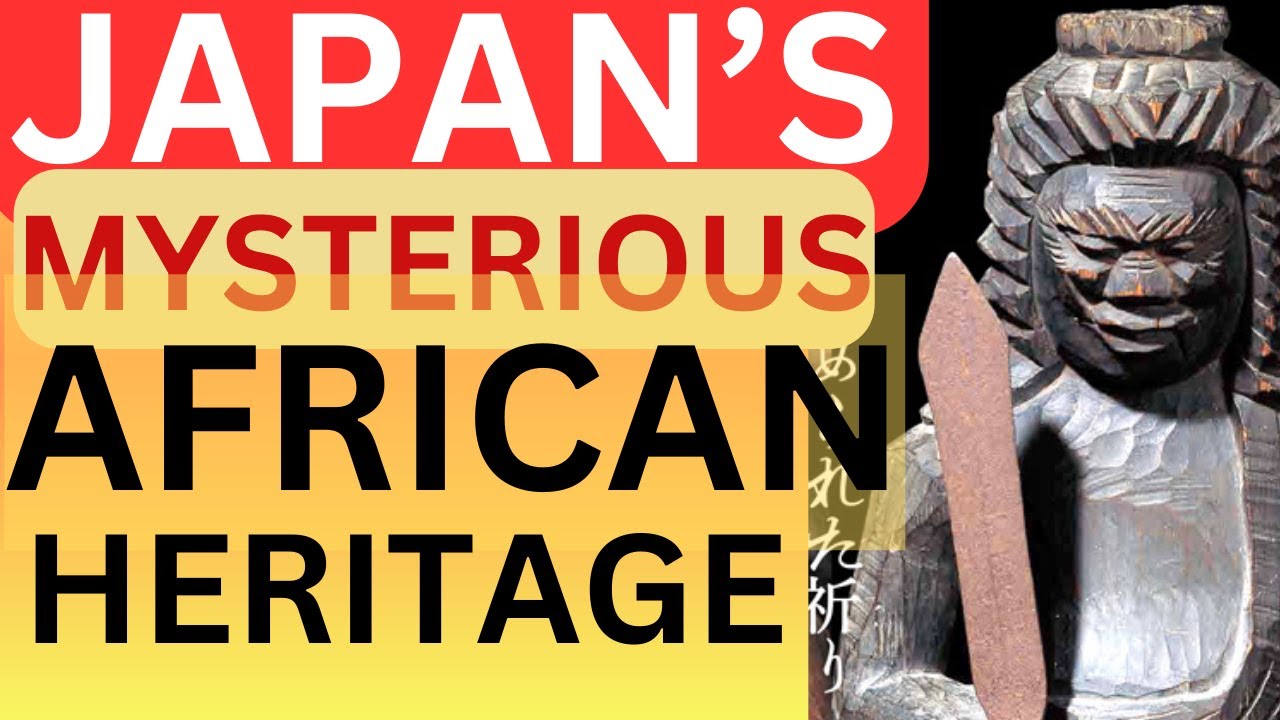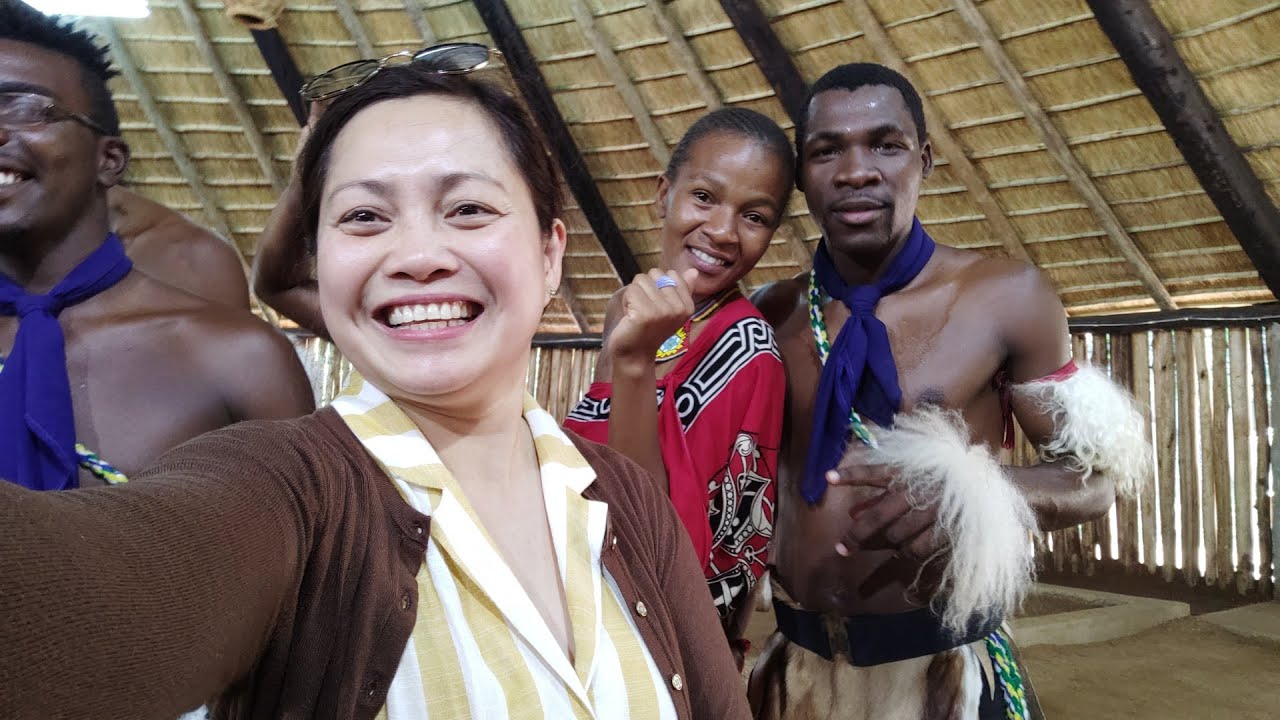
Uncovering the Hidden Legacy: Japan's Mysterious African Heritage
Uncovering the Hidden Legacy: Japan's Mysterious African Heritage
“Uncovering the Hidden Legacy: Japan’s Mysterious African Heritage”
Discover the fascinating story of Japan’s forgotten African roots! In this video, we’ll delve into the intriguing history of African influence on Japanese culture, from the ancient trade routes to the modern-day cultural exchange. Explore the surprising connections between…
source
Reviews
0 %













😊 Click here for our African History EXCLUSIVE Wall Art store: https://shorturl.at/koqR1
Black people are the original of this planet! We brought civilization to the world! Stop letting them lie to you, we are the real indigenous people of this planet.🖤
Yet another outstanding video from my new friends at the African History Foundation. Keep up the good work, folks.
I invite everyone to subscribe to these fine people. You will not regret…
Western historians write of a mysterious "Sea People" with claims that their orgin is unknown. Yet ancient Asian cultures wrote of the blacks who came by ships and traded with them during the period when the west thought the world was flat.
Its so so good to study and do reserch for ourselves now i know that the benin people are amongst those that found present tokoyo Japan today.
https://youtu.be/2JD8FTP1cWQ?si=NwOyC0HrIbEFFlae
My name is on the list 🫠
The amount of times I 2qs confused and astonished by japan growing up
Actually Iyasu is Ethiopian name. One of our famous kings, though short lived, was called Lij Iyasu. So, maybe, Japanese ancestors originated from Ethiopia and no wonder why they are genius!
The edomites idumeans are Europeans
I must say I do enjoy hate also,because I think it makes people of color me stronger that is why we are only finding out history we should know now, just beuitful
So great to keep learning
Lots children
🙏🏽🇬🇾🙏🏽🇸🇷🙏🏽🕉️
Very interesting, thank God for History!!!
❤❤❤
It’s late, i know, but as an African American, I appreciate your video. Very enlightening!!!!
That’s wonderful JAPAN and NIGERIA
Ammmmmmmazing 🎉
Tracing back to the origins, everyone comes from Africa, so we are all family. The black color of Buddhist statues is simply due to the gold leaf and paint peeling off and becoming blackened by candle soot. Traces of various colorful paints remain in the grooves of the statues and have been restored. Until the Portuguese directly brought black people, it was difficult for people born in Africa to come directly to Japan. Even Nobunaga was surprised when he saw a black person. It's quite possible that Africans, traveling through Arab and Chinese lands for generations, eventually made their way to Japan. However, through repeated intermarriage, their appearance might have become more Persian or Chinese, but African customs and stories might have been passed down, and there may be similarities in names. There's a theory that the Phoenicians, a maritime people, left names related to themselves in lands all over the world, which is why there are similar place names worldwide. In Japanese mythology, there is a story similar to the Greek myth of Orpheus, where Izanagi visits the land of Yomi, and in Nagano Prefecture’s Suwa Taisha, there is a ritual called "御頭祭Ontousai" that resembles the biblical story of Isaac. Additionally, it is said that Prince Shotoku was born in a stable, so it is quite possible that African stories have been passed down. The reason why Japanese people have brownish skin is likely due to the influence from the active maritime trade during the Jomon period, around 13,000 years ago, before the sea level rose, with regions such as Polynesia, Sundaland, Okinawa, and the Ogasawara Islands. There are megalithic ruins common to these regions in Japan as well, and astronomical records remain at the Kinzan megalithic group. It's also interesting that the names Asuka in Japan, Alaska, Azteca, and Nasca all share a similar sound. If you trace back even further, those people probably also came from Africa.
Due to the volcanic ash from the Akahoya eruption that occurred off the coast of southern Kyushu in Japan 7,300 years ago, the Jomon people, who could no longer live in western Japan, evacuated to eastern Japan, the Korean Peninsula, and China. Later, they migrated to areas such as Mesopotamia, Egypt, and India, and after several generations, they brought back technologies and cultures. They returned with religions such as Zoroastrianism, ancient polytheistic Judaism, and Nestorian Christianity, as well as civil engineering and sericulture techniques. There are records of Persians serving as officials during the Nara period, but due to mixed ancestry, their appearance had changed, and they might have been referred to as Persians. It is being researched that the Sumerians, who suddenly appeared in Mesopotamia 5,000 years ago and used an agglutinative language similar to Japanese, might be a people who continued the customs and culture of the evacuated Jomon people, differing from the surrounding nations.
INCAS PACHAKUTIS REACH Japan 🇯🇵 and Formed Alianza of Exchange of knowledge this history were eliminated by Parasites Invasores Judaism who Stole the world from their history